How to Make a Subway Map with John Tauranac
Hear from an author and map designer who has been creating maps of the NYC subway, officially and unofficially, for over forty years!


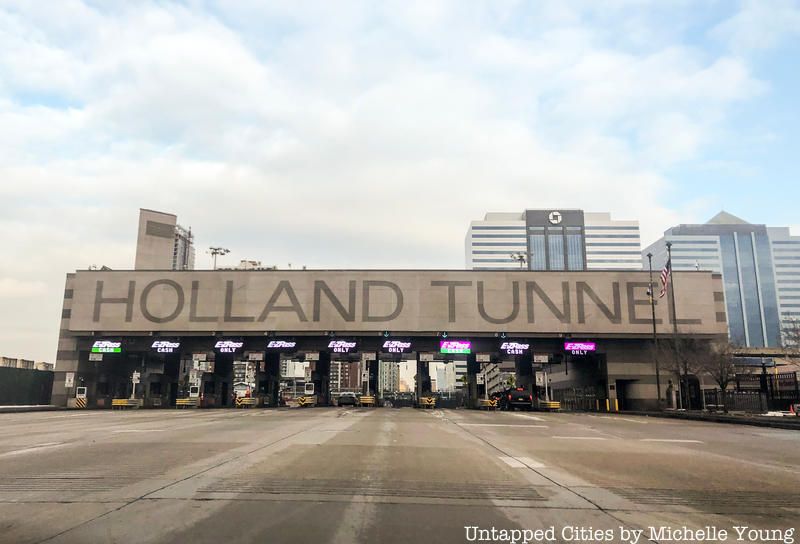
The Holland Tunnel. LaGuardia Airport. The Outerbridge Crossing. We’re all familiar with these locations in New York City, but what about the people they are named after? Sure some are obvious, like Mayor Fiorello LaGuardia, but others are a bit more obscure. All of them have interesting stories. In her new book, Naming Gotham: The Villains, Rogues, and Heroes Behind New York’s Place Names, author Rebecca Bratspies takes readers on a tour of the roads, bridges, tunnels, parks, landmarks, and neighborhoods of New York City, to reveal the quirky and fascinating stories of the folks immortalized in NYC place names. Here, we pulled out 5 figures from Bratspies’ book to uncover the stories behind the places that bear their names!
Author Rebecca Bratspies recently joined Untapped New York Insiders for a virtual talk where revealed the hidden history behind even more NYC place names. A recording of the event can be seen in the Insiders Video archive which hosts over 150 recordings of past events! Unlock the archive by becoming a member today.
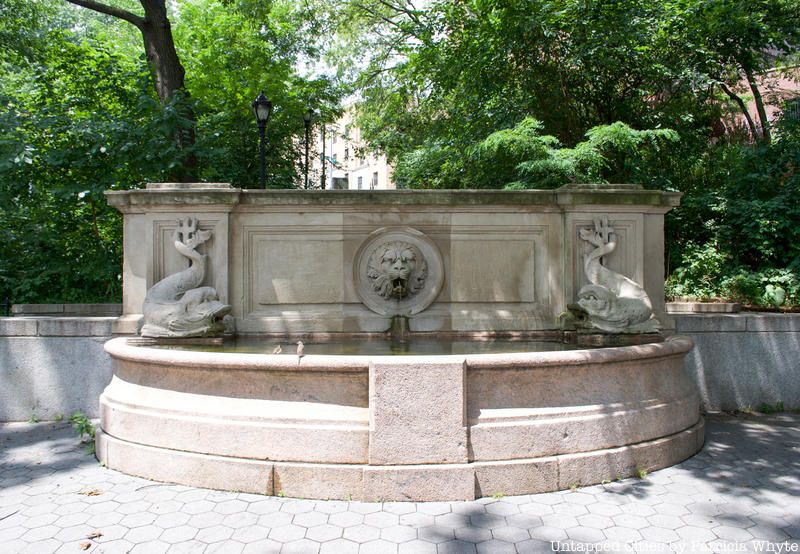
Macomb’s Dam Bridge which connects Manhattan to the Bronx across the Harlem River and Macomb’s Dam Park near Yankee Stadium are both named after Irish-born land speculator Alexander Macomb and his sons, Alexander Jr., and Robert. The senior Macomb and his brother William bought their first pieces of land in Michigan (where an entire county still bears their name) in 1776. After the Revolutionary War, they went their separate ways and Alexander tried his luck in New York City.
In New York, Macomb made the single biggest land purchase in New York when he bought more than 3.5 million acres of land including the Adirondacks and Thousand Islands, land once the territory of the Seven Tribes (Iroquois). After a brief stint in debtor’s prison, he purchased 100 acres of land in the Bronx where he built a grist mill on the Spuyten Duyvil Creek. He mortgaged the mill for a $10,000 loan but when he was unable to pay the loan back, lost the mill. Macomb’s son Robert took bought it.
In 1813, Macomb’s son Robert got permission from the New York legislature to build a dam across the Harlem River to power the mill. The permit stipulated that he was required to build a lock that would allow boats to pass along the river and that he could not have a toll on the bridge. He ignored both mandates. This caused major traffic on the river and greatly angered Lewis Morris of the Harlem Bridge Company. In protest, Morris and a group of supporters sailed up to the dam in a schooner named Superior. In order to gain passage past the bridge they started to dismantle it! The dam was deemed a public nuisance and in 1854, the City of New York repossessed it. The City claimed Robert hadn’t paid rent on the leased land since 1816. The current Macomb’s Dam, designed by engineer Alfred P. Boller, opened in 1896 and was the world’s heaviest movable object at the time.
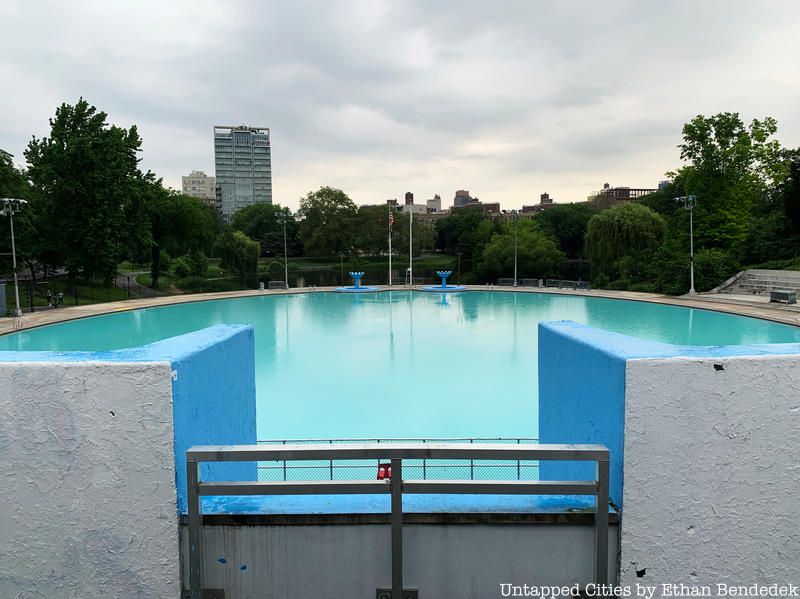
Lasker Rink and Pool, located at 108th Street in Central Park, is named after Loula D. Lasker, a New York social worker and activist born in Texas. Lasker likely gained her passion for social justice from her father Morris K. Lasker, a Prussian Jewish immigrant who was one of the first to adopt an eight-hour workday for his employees. Lasker moved to New York in 1916 and quickly became one of the city’s leading activists and philanthropists.
Lasker served many public service roles where she fought to create better conditions for immigrants and women especially. Lasker helped establish the Citizens Housing and Planning Council and was a staunch advocate of affordable and nondiscriminatory housing, even though she lived opulently in the luxury Pierre Hotel. Upon her death, Lasker’s will set up the Loula D. Lasker Foundation and created a trust fund for graduate study
in housing and city planning. $600,000 were bequeathed to help fund the Central Park ice skating rink that bears her name. One of the last large-scale recreation projects of Robert Moses, the rink was controversial as it interrupted Frederick Law Olmsted’s naturalistic design of the park. Since Donald Trump‘s company took over the operation of the rink in recent years, Lasker’s name largely faded into the background. The rink was demolished in 2021 with plans to replace it with a new facility in 2024.
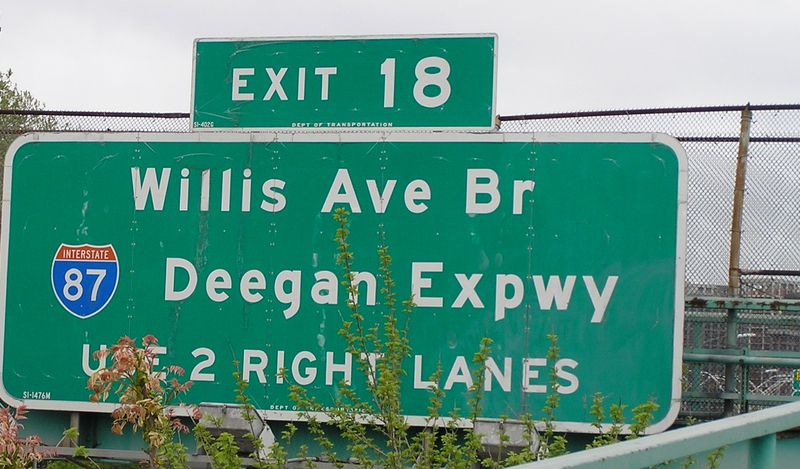
The Major Deegan Expressway is named after William Francis Deegan, a man who came in contact with many other people who have NYC place names named after themselves throughout his life. For one, he studied architecture at the Cooper Institute, named after Peter Cooper. He then served in the U.S. Army Corps of Engineers under General George Goethals of the Goethals Bridge. While in the service, he “put his architectural training to use by supervising the construction of army bases in and around New York.”
Once his service was completed, Deegan became an advocate for veterans. He successfully persuaded President Harding to build new hospitals around New York, pushed “businesses to hire ex-servicemen, the City to provide housing and the Veterans Bureau to offer better treatment at medical facilities.” He went on to serve multiple public offices throughout his short life including Tenement House Commissioner and Chair of the Mayor’s Committee for Welcoming Distinguished Guests. Upon his death at the age of 49, 3,000 mourners came out to pay their respects. In 1937, Mayor Fiorello LaGuardia (another NYC place name) renamed the road connecting the Triborough Bridge and the Grand Concourse in the Bronx to Major William F. Deegan Boulevard. The road was widened by Robert Moses in preparation for the 1940 World’s Fair at Flushing Meadows, Queens. The Major Deegan Expressway, now part of Interstate 87, officially opened in 1956.

The Holland Tunnel which connects Manhattan to New Jersey was named after engineer Clifford Holland. The day he graduated from Havard in 1906 with a degree in civil engineering, Holland also started his job as an assistant engineer for the City of New York. For years, he worked on the first subway tunnels and moved up to become the engineer-in-charge of four subway tunnels under the East River. It was crossing the Hudson however, that would make his name famous.
Multiple plans were proposed for a Hudson River crossing but it was Holland’s dual-tube design that was selected over the rest (including a plan by Goethals). Holland was unanimously named chief engineer of the project in 1919. A state-of-the-art ventilation system that made the air inside the tunnel breathable, despite the vehicle exhaust, is what made Holland’s design so special. It was sadly Holland’s dedication to the project that ultimately led to his early death, at the age of 41, due to a heart attack. He died just two days before the New York and New Jersey crews were set to “hole through,” or meet in the middle of the tunnel. The celebration was canceled out of respect for Holland and the name of the bridge was changed from the Hudson River Vehicular Tunnel to the Holland Tunnel.
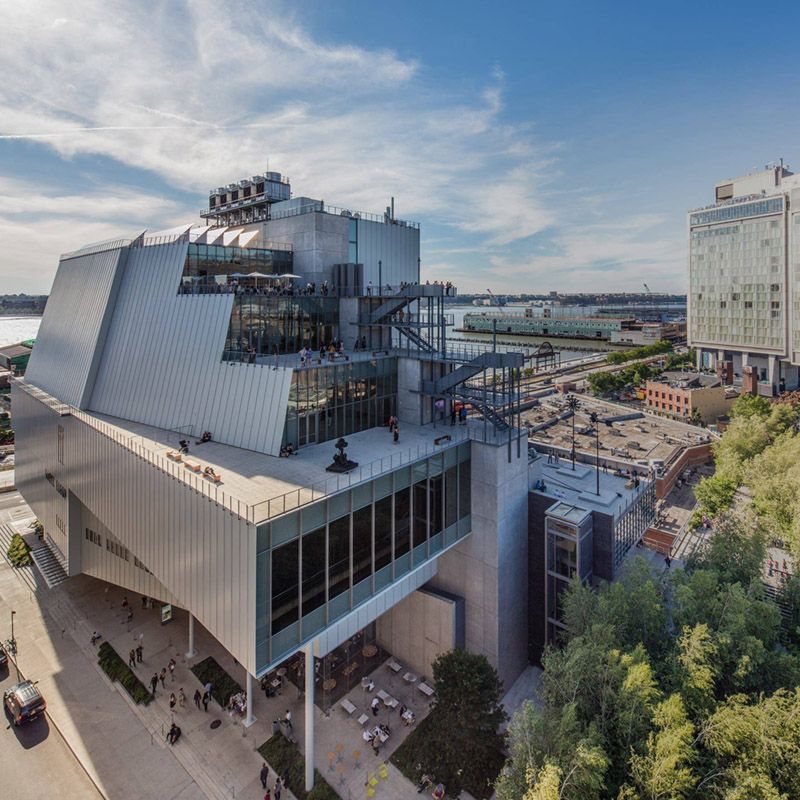
The Whitney Museum bears the name of its founder, Gertrude Vanderbilt Whitney. Born to Cornelius Vanderbilt II and Alice Claypoole Gwynne, she was the great-granddaughter of railroad baron “Commodore” Cornelius Vanderbilt and a member of one of America’s wealthiest Gilded Age families. Despite a lack of support from her family for her artistic endeavors, Whitney pursued the study of sculpture at the Art Students League of New York and in Paris, where she used a pseudonym in order to be taken seriously.
Her first art studio was a former hayloft in MacDougal Alley in Greenwich Village, a space that would expand into the Whitney Studio club, a place where fellow artists could gather and exhibit their work. She often bought pieces from emerging artists and in doing so, amassed a large collection which she tried to donate to the Metropolitan Museum of Art. When they rejected her donation, she created her own museum. Upon her death, she left the museum $2.5 million.
Author Rebecca Bratspies recently joined Untapped New York Insiders for a virtual talk where revealed the hidden history behind even more NYC place names. A recording of the event can be seen in the Insiders Video archive which hosts over 150 recordings of past events! Unlock the archive by becoming a member today.
Next, check out The Origins of 10 Famous NYC Buildings and The Origins of the Names of the Five Boroughs
Subscribe to our newsletter